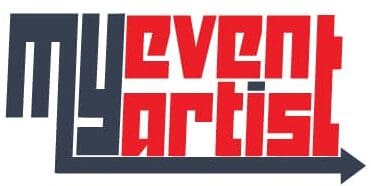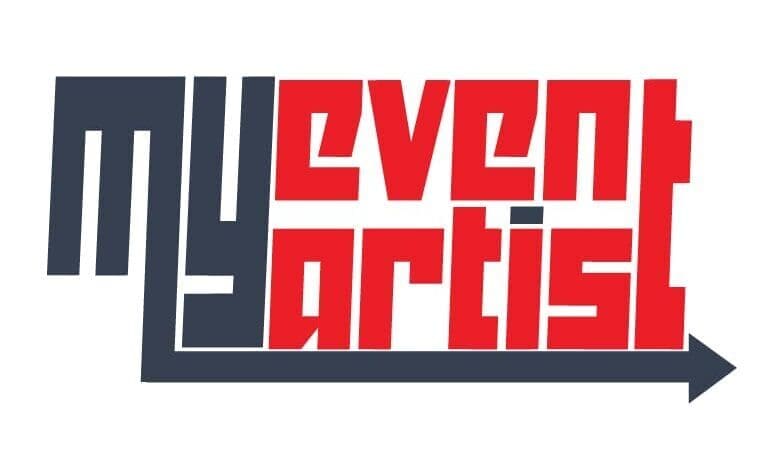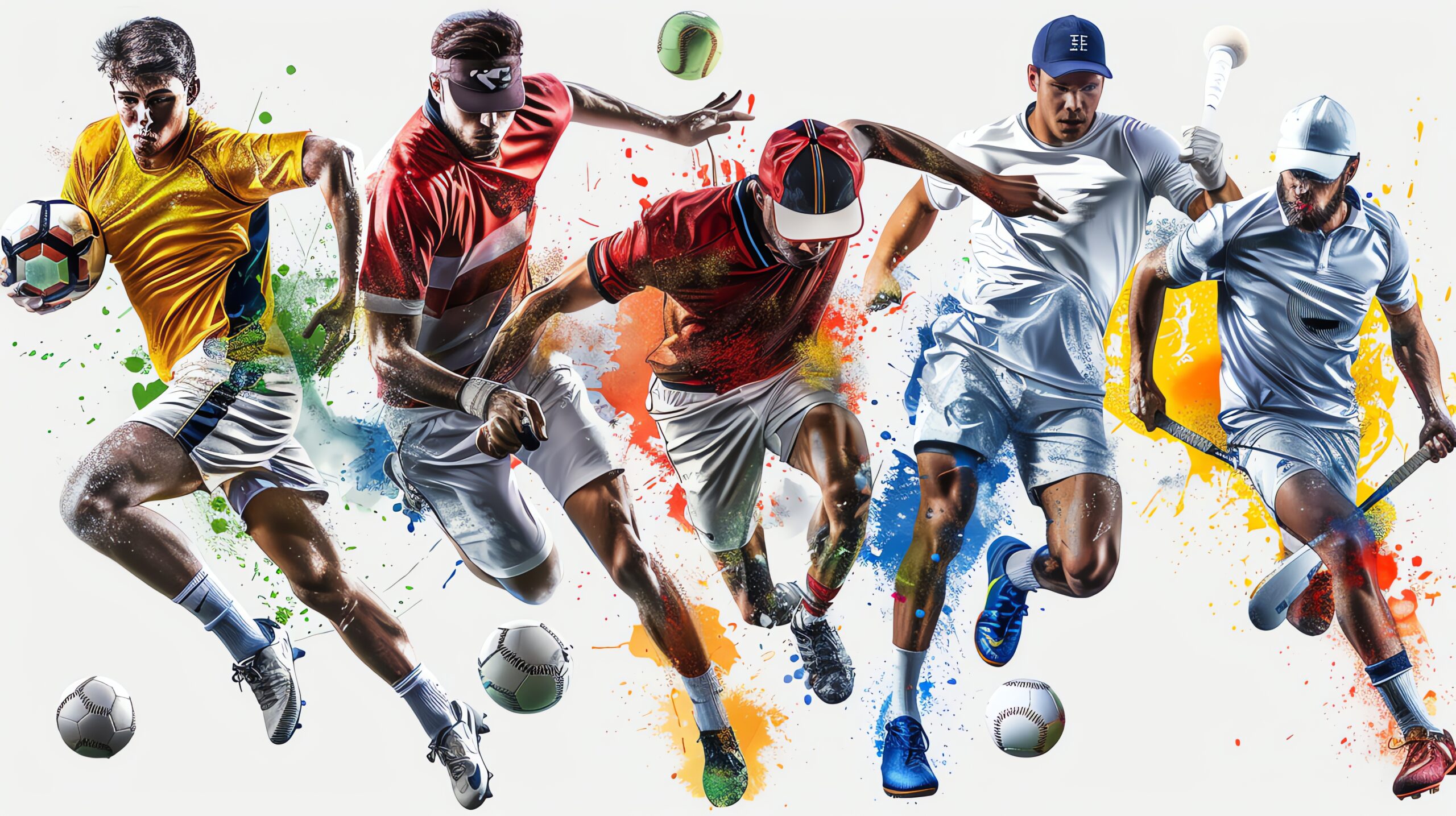Creating a compelling sports logo portfolio is essential for any graphic designer looking to showcase their design skills and attract potential clients. A well-organized and visually appealing portfolio demonstrates your creativity, technical abilities, and understanding of branding principles. Adobe Illustrator is a powerful tool that can help you create high-quality logos that stand out in a competitive market.
At My Event Artist, we understand the importance of a professional portfolio for designers, particularly in the sports industry. This guide will walk you through the process of building a sports logo portfolio using Adobe Illustrator, from concept to presentation.
Why a Sports Logo Portfolio is Important
1. Showcasing Your Skills
A portfolio is a visual representation of your abilities. It allows potential clients to see your design style, creativity, and versatility in sports logo design.
2. Attracting Clients
A well-structured portfolio can attract potential clients by demonstrating that you understand the unique demands of sports branding and visual identity.
3. Documenting Your Growth
As you take on different projects and refine your skills, your portfolio serves as a benchmark for your progress, showcasing how you’ve evolved as a designer.
Step-by-Step Guide to Building a Sports Logo Portfolio in Adobe Illustrator
Step 1: Define Your Target Audience
- Identify Your Niche: Determine which types of sports logos you want to focus on (e.g., professional teams, collegiate sports, recreational leagues).
- Understand Client Needs: Research your target market to understand the styles, themes, and elements that resonate with potential clients.
Step 2: Gather Inspiration and Research
- Study Existing Logos: Look at successful sports logos within your niche. Analyze their colors, shapes, typography, and overall design elements.
- Create a Mood Board: Compile a collection of images, colors, and styles that inspire you. Use platforms like Pinterest to gather visuals that reflect the direction of your portfolio.
Step 3: Start Designing Your Logos
- Set Up Adobe Illustrator: Open Adobe Illustrator and create a new document with appropriate dimensions (such as 1000 x 1000 pixels for logos).
- Design Multiple Logos: Create a variety of sports logos to showcase your range. Consider different design styles, such as:
- Minimalist logos
- Logos incorporating mascots or animal themes
- Text-focused logos with unique typographic elements
Step 4: Use Vector Graphics for Scalability
- Create Logos in Vector Format: Utilize Illustrator’s tools to develop your logos as vector graphics, ensuring they can be resized without loss of quality—critical for printing and digital applications.
- Organize Layers: Use layers to keep elements organized. This can help streamline your design process and make it easier to adjust elements later.
Step 5: Refine Your Designs
- Gather Feedback: Share your logo designs with peers or mentors for feedback. Constructive criticism can help you identify areas for improvement.
- Make Adjustments: Refine your logos based on the feedback received. Focus on clarity, scalability, and visual appeal.
Step 6: Create Mock-Ups
- Use Mock-Up Templates: Present your logos in realistic contexts by using mock-up templates. Place your logos on sports apparel, promotional materials, or merchandise for a professional look.
- Show Versatility: Use various mock-ups to demonstrate how your logos function across different applications, like jerseys, hats, or branding materials.
Step 7: Organize Your Portfolio
- Select Your Best Work: Choose 5-10 of your best logo designs to feature in your portfolio. Ensure that each design reflects your skills and versatility.
- Create a Consistent Layout: Use a clean, consistent layout for displaying your logos. Consider including the following for each logo:
- The final logo design
- Mock-up images showcasing the logo in real-world applications
- A brief description of the project, including client information (if applicable) and design goals.
Step 8: Develop an Online Portfolio
- Choose a Platform: Select a portfolio platform that suits your needs, such as Behance, Dribbble, or your own website.
- Upload Your Designs: Upload your selected logos and mock-ups, ensuring each piece is displayed clearly and professionally.
- Include Personal Branding: Incorporate your logo and color scheme into your online portfolio to reinforce your personal brand.
Step 9: Promote Your Portfolio
- Leverage Social Media: Share your logo designs on social media platforms like Instagram, LinkedIn, or Twitter to reach a wider audience and attract potential clients.
- Network with Industry Professionals: Join online groups and forums related to graphic design and sports branding to connect with other professionals and showcase your portfolio.
Step 10: Update Your Portfolio Regularly
- Continuous Improvement: As you complete new logo projects, update your portfolio to keep it fresh and relevant. Remove older designs that may no longer represent your current skill level.
- Reflect on Growth: Periodically revisit your portfolio to reflect on your growth as a designer and to set new goals for your work.
Best Practices for Building Your Logo Portfolio
1. Focus on Quality, Not Quantity
Select only your best work to showcase, ensuring each piece reflects your abilities and creativity.
2. Tell a Story
For each logo, include a brief narrative outlining the design process, challenges faced, and how you achieved the final result. This context can enhance the viewer’s understanding and appreciation of your work.
3. Keep It Organized and User-Friendly
Structure your portfolio in a way that it’s easy to navigate. Use clear headings, consistent layouts, and ensure that all images are properly formatted and high resolution.
4. Use High-Quality Mock-Ups
Invest time in creating professional-looking mock-ups. Sites like Placeit and GraphicRiver offer various mock-up templates that can enhance the presentation of your logos.
5. Seek Continuous Feedback
Don’t hesitate to request feedback from peers or mentors as you develop your portfolio. Use their insights to refine both your designs and presentation style.
Conclusion: Crafting a Professional Sports Logo Portfolio in Illustrator
Building a professional sports logo portfolio using Adobe Illustrator involves a combination of creativity, technical skill, and strategic organization. By following this comprehensive guide, you can showcase your logo design work effectively, attracting potential clients and growing your professional profile.
At My Event Artist, we are passionate about helping designers create stunning logos that reflect their unique vision and resonate with audiences. Explore our extensive collection of print-ready vector logo designs, customizable fonts, and more by visiting My Event Artist Shop. If you’re interested in a custom logo design tailored specifically for your event or team, don’t hesitate to reach out!
Keywords: sports logo portfolio, Adobe Illustrator, logo design, branding, graphic design, design portfolio
#sportslogPortfolio, #AdobeIllustrator, #logodesign, #branding, #graphicdesign



Leave a Reply